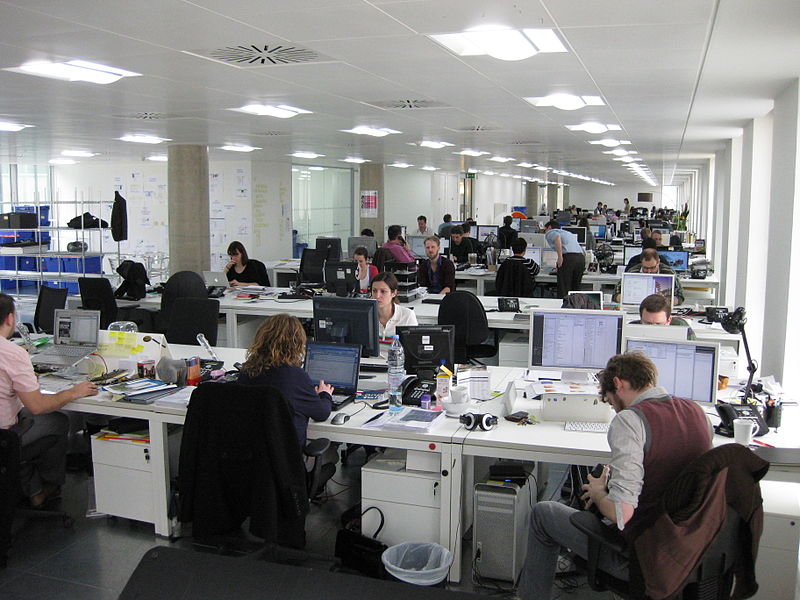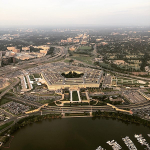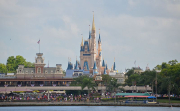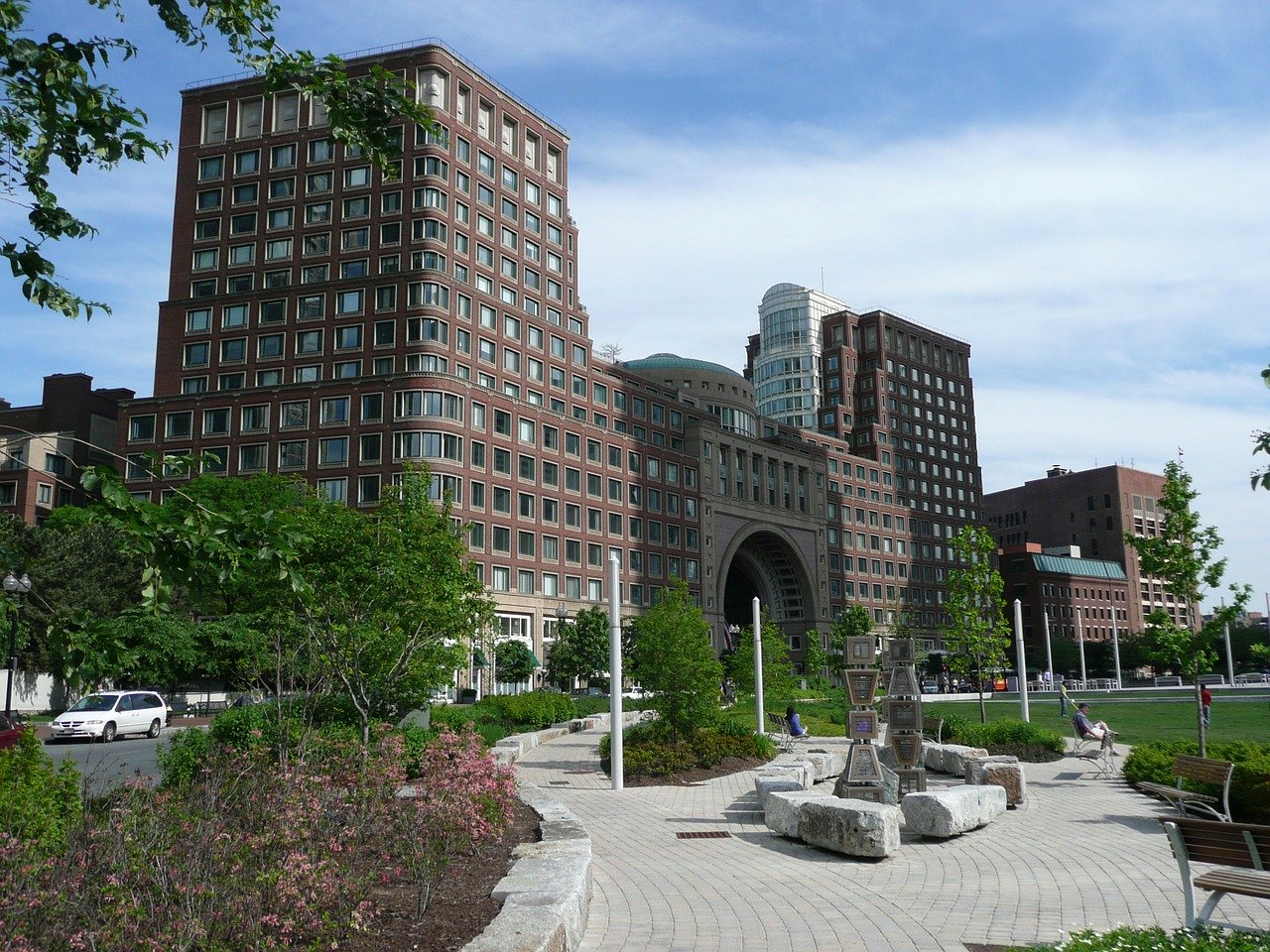
On August 3, new research revealed that Australia's office vacancy rates have reached levels not seen since the 1990s. The challenge of filling buildings emptied during the COVID-19
pandemic, coupled with a slowing economy, has led to vacancies in major cities such as downtown Sydney, Melbourne, and Perth exceeding 10%. In the first half of the year, these vacancies rose between 0.2% and 0.9%, with Melbourne's central business district experiencing the highest increase.
According to data published by the Property Council of Australia, the national CBD vacancy rate rose to 12.8% from 12.6%. Although the pace of increase slowed compared to the second half of 2022, when it rose by 0.6%, office landlords are now facing challenges due to tenants seeking to reduce space after adopting remote working arrangements.
As interest rates rise, property values are impacted, leading to higher debt servicing costs, further straining the sector. This situation has become a potential existential crisis for the industry. While Australian offices are experiencing significant pressure from higher rates, experts argue that the region is in a better position compared to struggling markets like Los Angeles or New York.
Mark Curtain, the advisory & transaction services senior managing director, Pacific at CBRE, expressed confidence in the Australian office sector's stabilization and strong rebound over the next few years. Despite investors driving share prices down by up to 50% from their highs, major Australian real estate investment firms believe that portfolios of premium office buildings in prime city locations will provide some insulation from the broader real estate downturn.
However, previous reports indicate that vacancy rates for prime offices in Sydney and Melbourne have been increasing over the past two years. In Sydney, the vacancy rates for prime and secondary offices are nearly identical, hovering around 11%. Photo by Phil Whitehouse, Wikimedia commons.











































